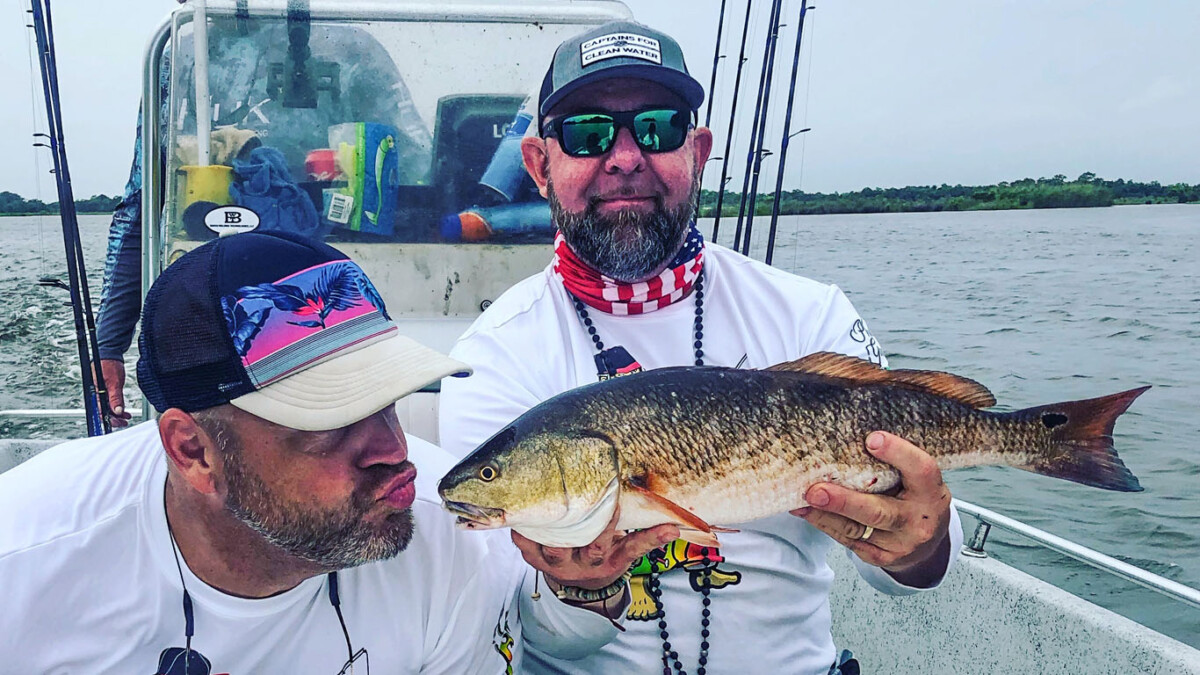ABOUT REDFISH SEASON IN FLORIDA
Each outing offers a precious opportunity to connect with nature and each other, sharing stories and laughter as we patiently await that familiar tug on our lines. The exhilaration of reeling in a redfish, with its vivid colors and spirited fight, is something we hold dear. These moments remind us of the simple joys and beauty surrounding us.
Every trip becomes a treasured memory, etched like tides carving paths along the shore. We often reflect on how blessed we are to enjoy such a rich environment, where every cast promises adventure and discovery. As we navigate changing tides, we’re reminded of nature’s unpredictability—a lesson in patience and humility extending beyond fishing itself. On days when fish elude us, solace comes from simply being together amidst this breathtaking scenery, cherishing each other’s company as much as the view.
These fishing trips have become a beloved tradition passed down through generations. It’s heartwarming to share this passion with younger family members who eagerly await their turn at casting their first line. Our love for redfish fishing transcends mere activity; it strengthens family bonds and creates lasting legacies filled with laughter and love. We eagerly anticipate many more adventures on those sun-kissed waters—where each wave carries whispers of past memories while promising new tales waiting to unfold.
The management of red drum in Florida is often seen as a success story, and we are truly grateful for the positive outcomes achieved. In the late 1980s, we faced significant challenges with overfishing, leading to emergency closures aimed at reducing fishing pressure and allowing the stock to recover. These efforts were supported by strict regulations like size and bag limits, along with designated spawning areas to protect young fish. By the mid-1990s, thanks to these collective efforts, we began seeing encouraging signs of population recovery along Florida’s coast.
This achievement is due largely to the collaboration between state agencies, fishing communities, and conservation organizations that worked tirelessly together. Their dedication helped raise awareness about sustainable fishing practices. Additionally, ongoing research and monitoring have provided crucial data for adaptive management strategies that keep red drum stocks healthy.
Today, recreational anglers can enjoy catching red drum while also supporting conservation through catch-and-release practices. This balance has not only revitalized local fisheries but also boosted tourism in coastal areas where both novice and experienced fishermen seek out this prized species. As we look forward, maintaining this success will require continued vigilance. Challenges such as habitat degradation and climate change remain potential threats to red drum resilience. Therefore, ongoing education efforts promoting sustainable angling practices are essential so that future generations can continue enjoying this remarkable fish species in Florida’s waters.



